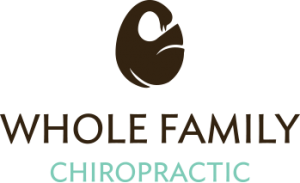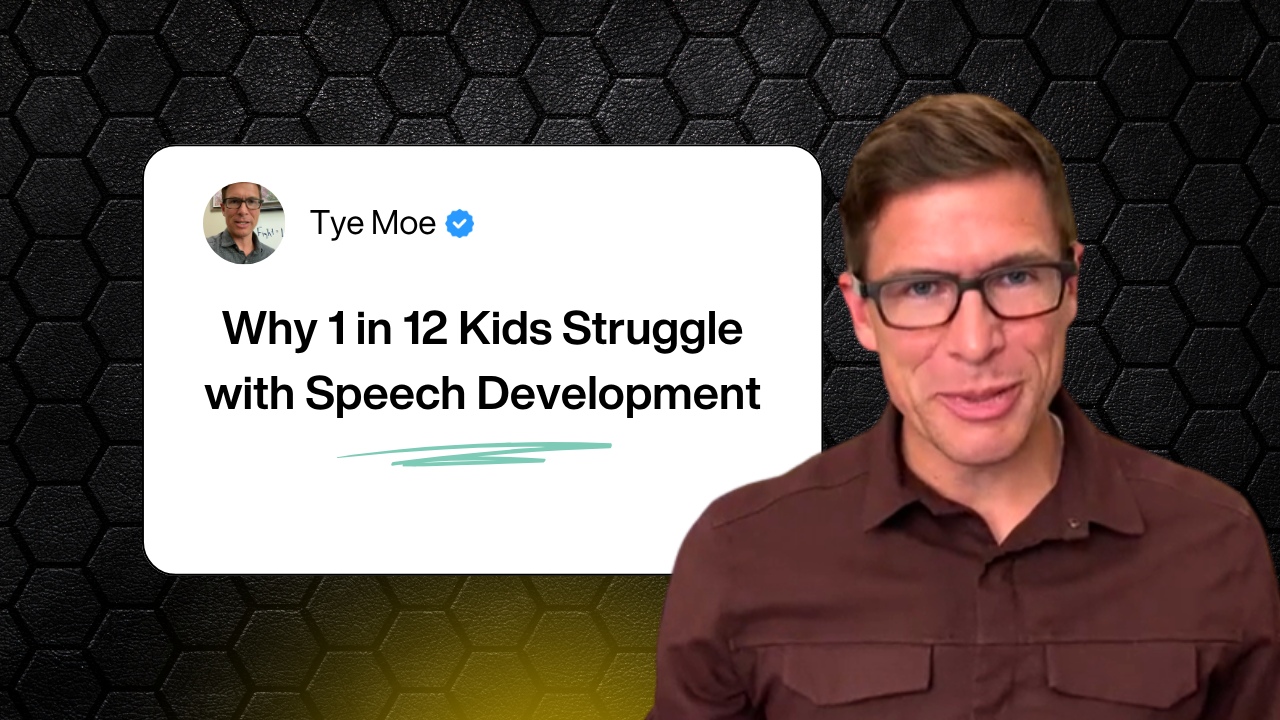Some kids find their words easily. Others work twice as hard — hours of therapy, endless practice, all the right exercises — and still can’t seem to break through.
It’s not for lack of effort. Parents are doing everything right. Therapists are doing their best. But somehow, progress plateaus.
If that sounds familiar, this story might change how you think about speech delays. Because sometimes, what looks like a speech problem isn’t about the mouth or the muscles — it’s about how the brain and nervous system are communicating underneath it all.
The Missing Piece Most Parents Aren’t Told About
In the U.S., nearly 1 in 12 children experiences a speech, language, voice, or swallowing disorder. Most receive traditional speech therapy—focusing mainly on output—how the lips, tongue, and vocal cords move to make sounds.
But speech doesn’t start with the mouth.
It starts in the brain and nervous system.
To speak clearly, your child’s body must go through a three-step neurological process:
-
Input: The brain receives information through hearing, vision, and sensory pathways.
-
Processing: The brain organizes that information and decides how to respond.
-
Output: The brain sends signals to the muscles that control speech—mouth, lips, tongue, and voice box.
If steps one and two aren’t functioning well, the third step—motor output—can’t work efficiently, no matter how much practice your child does.
Why Traditional Speech Therapy Sometimes Stalls
When my wife was a speech therapist, she noticed something fascinating.
During sessions, if she let kids roll on a scooter board or playfully move before practicing speech, they suddenly made faster progress.
What changed?
Movement stimulated their nervous system input. Their brains became organized and ready to process, which made forming sounds and coordinating muscles much easier.
This insight led us to a bigger realization: when kids struggle with speech, the issue isn’t always with the muscles—it’s often with the message the brain is trying to send.
Real Stories of Change
We’ve seen this time and time again.
A young girl once had a 15-second processing delay—you could ask her name and count before she responded. Once we started addressing her nervous system, that delay shrank to just a few seconds. Her brain began to process faster, and speech followed.
Another family came to us with a little boy on the autism spectrum. After just a week and a half of care, his mom noticed he was forming new sounds and combining words in ways he never had before.
That’s what happens when the brain finally gets the right input—it can send the right output.
The Perfect Storm Behind Speech Struggles
For many kids, the issue begins long before speech therapy ever starts.
Stress during pregnancy, a difficult birth, or early feeding struggles (like trouble latching or swallowing) can create subtle tension in the upper neck and brainstem—the exact area that controls coordination and speech.
The vagus nerve plays a crucial role here. One of its branches, the recurrent laryngeal nerve, connects directly to the larynx (the voice box). If this nerve is under stress, speech muscles can’t coordinate properly.
That’s why some children can understand language perfectly but struggle to express it. Their “wiring” for speech is working overtime—and not getting the clarity it needs.
How Neurological Chiropractic Can Help
At Watertown Family Chiropractic, we focus on the input and processing side of the equation. Through gentle, precise adjustments, we help the nervous system release stored tension and restore clear communication between the brain and body.
When the brain starts to process information calmly and efficiently, speech therapy suddenly becomes more effective. Words flow easier. Coordination improves. Frustration fades.
This isn’t about replacing speech therapy—it’s about making it finally work the way it’s meant to.
Moving Forward
If your child has plateaued in speech therapy or struggles with conditions like apraxia or significant communication delays, it’s time to dig deeper. The breakthrough might not come from more drills—but from addressing the neurological foundation that makes speech possible in the first place.
Schedule a neurological scan with Dr. Tye Moe and the WFC team, and let’s uncover what’s holding your child back from expressing their full potential.
Because when the nervous system calms, communication finally clicks.


